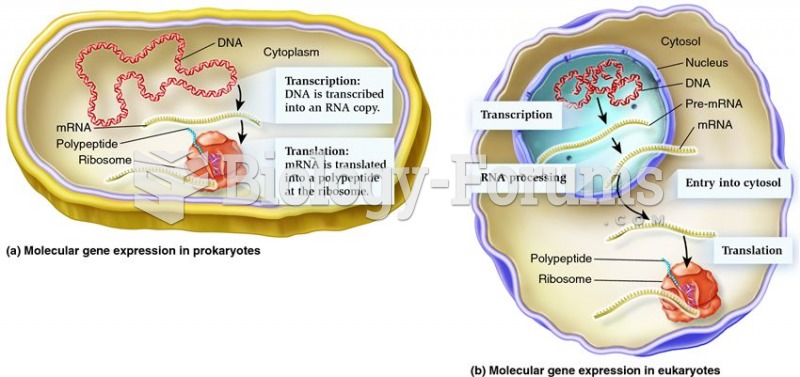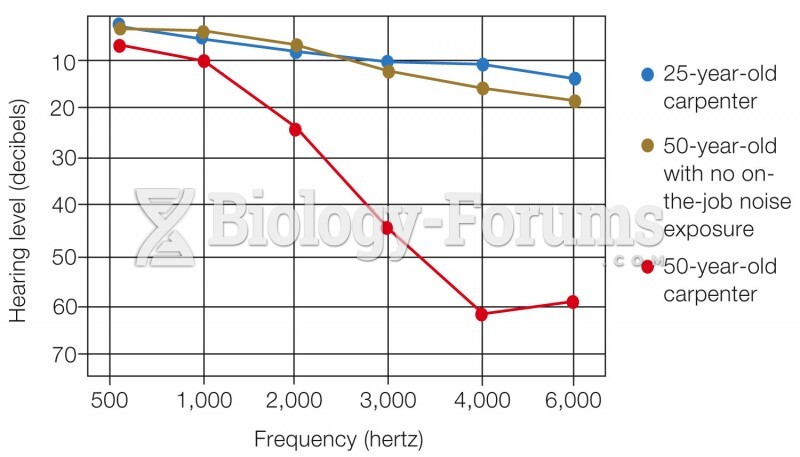Answer to Question 1
ANS: D
Interval-scale measurement is distinguished from ratio level in that there is no zero point on the interval scale. A temperature of zero does not indicate the absence of temperature. Changes in temperature, however, have equal numerical distance between the intervals of the temperature scale, and the temperature value is expressed as a continuum. These properties indicate that temperature is an interval level of measurement. Weight in kilograms does have an absolute zero point. A person can have no weight; therefore weight is expressed as a ratio level of measurement, the highest level.
Since weight has an absolute zero and temperature does not, they are not the same level of measurement.
There is enough information to make this decision.
Temperature in Fahrenheit degrees does not have an absolute zero therefore this measure is an interval measure.
Answer to Question 2
ANS: D
An absolute zero point means the value of zero indicates the absence of the property being measured. Only ratio levels of measurement exhibit an absolute zero point.
Interval level of measurement has equal intervals between each designation.
Nominal level of measurement simply names the categories.
In ordinal-scale measurement, data are assigned to categories than can be ranked.







